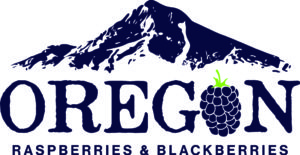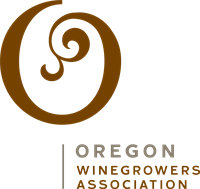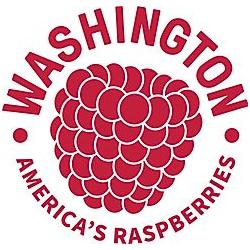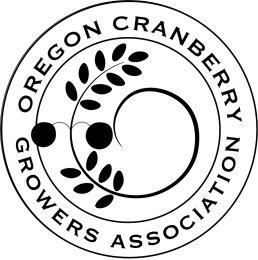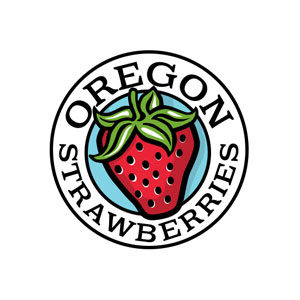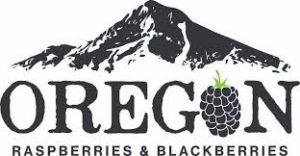Inducement of malolactic fermentation using Lactobacillus plantarum in musts and wines from the Pacific Northwest.
- Research Status: Project completed 1998 - 2000






The completion of both alcoholic and malolactic fermentation (MLF) in red wine are essential to the quality and stability of red wine and to its commercial success in the market.
In this study, alcoholic and malolactic fermentations were induced in low and high nitrogen-containing Cabernet Sauvignon musts by adding both yeast (Saccharomyces cerevisiae) and bacteria (Oenococcus oeni or Lactobacillus plantarum) at the same time. While O. oeni was able to complete MLF in the high nitrogen fermentations, only one of the three strains of Lb. plantarum was able to convert the majority of malic acid to lactic acid (<0.5 g/L residual malic acid). Under low nitrogen conditions, neither alcoholic or malolactic fermentation finished in any of the wines. Subsequent fermentations using a synthetic grape juice medium yielded poor growth of bacteria whether inoculated subsequently or concurrently with S. cerevisiae. Additional studies with Lb. plantarum are required to fully evaluate their potential usefulness to Pacific Northwest winemakers.
Merrick, C.C. Inducement of malolactic fermentation using Lactobacillus plantarum in musts and wines from the Pacific Northwest. M.S. thesis, Washington State University, Pullman, WA (in preparation, 2019).
Krieger-Weber, S.; Heras, J.M.; Suarez, C. Lactobacillus plantarum, a New Biological Tool to Control Malolactic Fermentation: A Review and an Outlook. Beverages 2020, 6, 23
